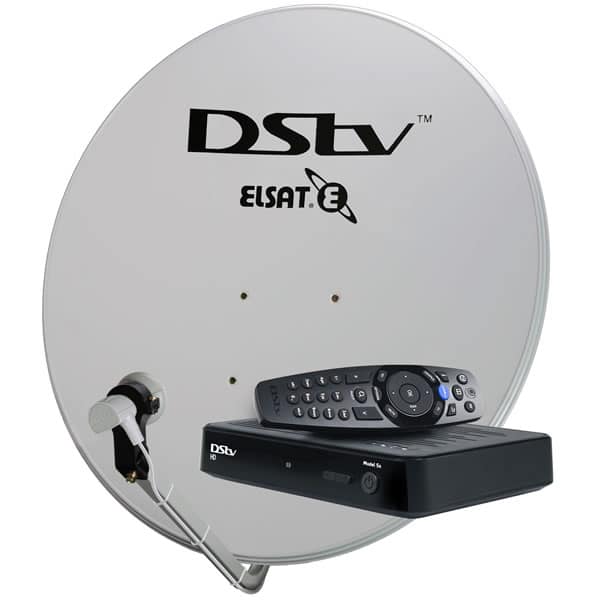

At higher frequencies, mesh type designs are rarer though some designs have used a solid dish with perforations.Ī common misconception is that the LNBF (low-noise block/feed-horn), the device at the front of the dish, receives the signal directly from the atmosphere. The large size of dish required for lower frequencies led to the dishes being constructed from metal mesh on a metal framework. With lower frequencies, C-band for example, dish designers have a wider choice of materials. A typical value for a consumer type 60 cm satellite dish at 11.75 GHz is 37.50 dB. The actual gain depends on many factors including surface finish, the accuracy of shape, feed-horn matching. The theoretical gain (directive gain) of a dish increases as the frequency increases. (A new form of an omnidirectional satellite antenna, which does not use a directed parabolic dish and can be used on a mobile platform such as a vehicle was announced by the University of Waterloo in 2004. Direct broadcast satellite dishes use an LNBF, which integrates the feedhorn with the LNB. The LNB converts the signals from electromagnetic or radio waves to electrical signals and shifts the signals from the downlinked C-band and/or K u-band to the L-band range. This feedhorn is essentially the front-end of a waveguide that gathers the signals at or near the focal point and ‘conducts’ them to a low-noise block downconverter or LNB. Mounted on brackets at the dish’s focal point is a device called a feedhorn. The parabolic shape of a dish reflects the signal to the dish’s focal point. Schematics of reflection principles used in parabolic antennas. LIST OF SOME RECEIVABLE SATELLITE RECEIVABLE IN AFRICA.
#Dstv satellite how to#


#Dstv satellite install#

Determine the best location for your satellite dish.How to install a Ku band/offset dish Manually.How to Manually Assemble Your Satellite Dish.Required dish Components/Parts to Manually track a Satellite Dish.Tools needed to manually track a satellite dish.Before you can manually track a satellite dish, you need to consider other factors.Pre-requisites to manually track a satellite dish.Satellite TV system setup: preparatory stage.Other Types of Satellite TV Antennas/Dishes.DStv has since responded to the threat of StarTimes by launching GOtv, a “lite” service with bouquets priced as low as $1. It offers a relatively limited package of news, entertainment and some sports content for subscriptions as low as $2.50. Its success has come from targeting the mass market audiences that cannot afford DStv’s more expensive subscription prices. StarTimes, a Chinese-owned pay TV company, is currently DStv’s most obvious competitor in Anglophone Africa. The economics of the pay TV business means unless entrants quickly win subscribers and gain significant cash-flow, maintaining expensive broadcast rights become difficult: Kwese TV has reportedly missed multiple payments on broadcast deals since last year. It’s a recurring failing for many of DStv’s challengers. But while soccer is a major attraction, DStv also spends heavily on entertainment content: it has invested millions of dollars in original local content, especially the popular Nollywood, through its Africa Magic channels.įor its part, Kwese attempted to pry market share from DStv by offering exclusive NBA and NFL sports content as well as less popular soccer leagues, but ultimately, it has proven inadequate. Having had a two-decade head-start on most of its competitors, DStv maintains a strong hold on exclusive broadcast rights to the most watched soccer leagues in Africa, including the English Premier League, Spanish La Liga, UEFA Champions League and Italian Serie A. Kwese TV’s change of tack is a reminder of just how difficult winning significant pay TV market share is in a space dominated by DStv, the satellite service owned by MultiChoice, an arm of South African media giant, Naspers.


 0 kommentar(er)
0 kommentar(er)
